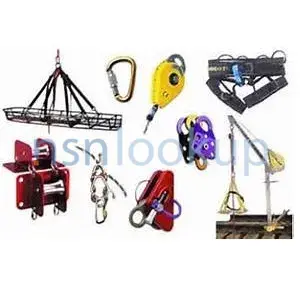Protective Railing
Item Name Code (INC) 80758
 |
A metallic item of various shapes and sizes designed to be fixed or embedded to the ground for protecting persons, an equipment such as a HYDRANT,FIRE; a building structure element such as a pillar, and the like. Excludes GUARD RAIL SECTION,UTILITY.
 Additional Information for Protective Railing
Additional Information for Protective Railing
Protective railings are a type of safety equipment used to create a barrier or enclosure to prevent falls or accidents in various settings. They are commonly used in construction sites, industrial facilities, public spaces, and residential areas to ensure the safety of workers, visitors, and residents.
Protective railings are designed to be sturdy and durable, capable of withstanding impact and providing a reliable barrier. They are typically made of materials such as steel, aluminum, or plastic, depending on the specific application and requirements.
These railings are available in various forms, including:
1. Handrails: Handrails are installed along staircases, ramps, or walkways to provide support and stability for individuals while ascending or descending. They are typically mounted at a specific height and are required to meet certain safety standards.
2. Guardrails: Guardrails are used to prevent falls from elevated platforms, balconies, or edges. They are typically taller than handrails and are designed to withstand significant force to ensure the safety of individuals.
3. Safety barriers: Safety barriers are used to create a physical barrier between hazardous areas and people. They are commonly used in construction sites, roadways, and industrial facilities to prevent unauthorized access or protect individuals from potential hazards.
4. Temporary fencing: Temporary fencing with protective railings is often used in construction sites or event venues to create a secure perimeter and prevent unauthorized entry. These fences are portable and can be easily installed and removed as needed.
Protective railings are an essential component of safety and rescue equipment, as they help prevent accidents, injuries, and falls. They play a crucial role in maintaining a safe working environment and complying with safety regulations and standards.
When selecting protective railings, it is important to consider factors such as the specific application, required height and strength, local safety regulations, and any additional features or accessories needed for installation and maintenance.